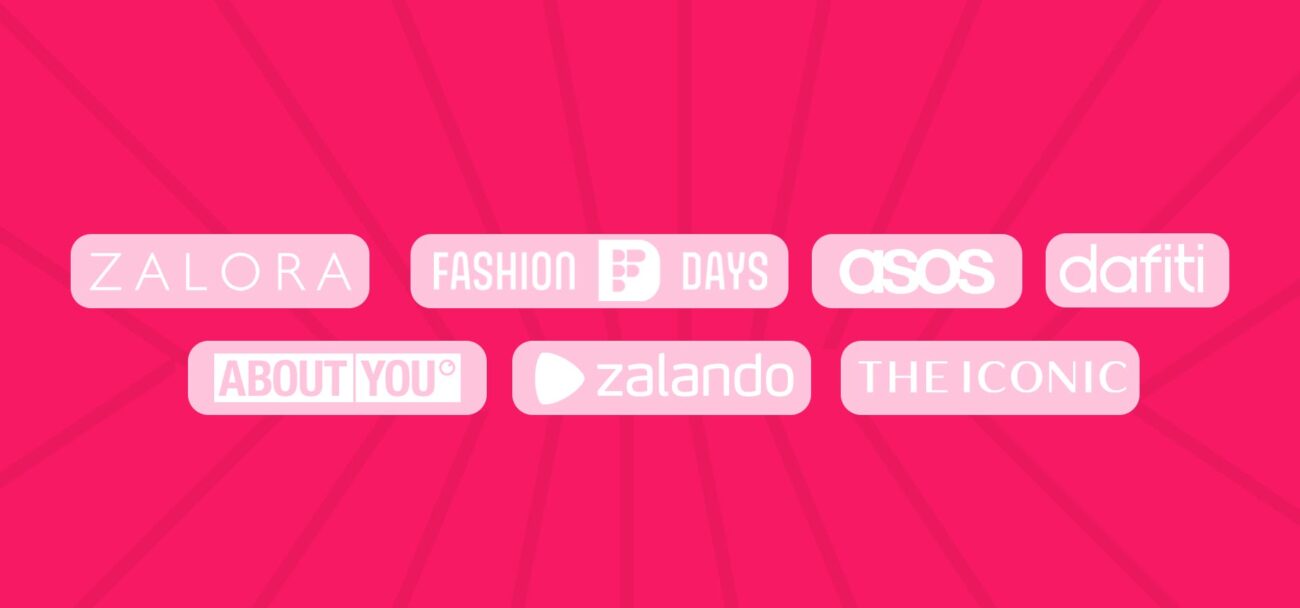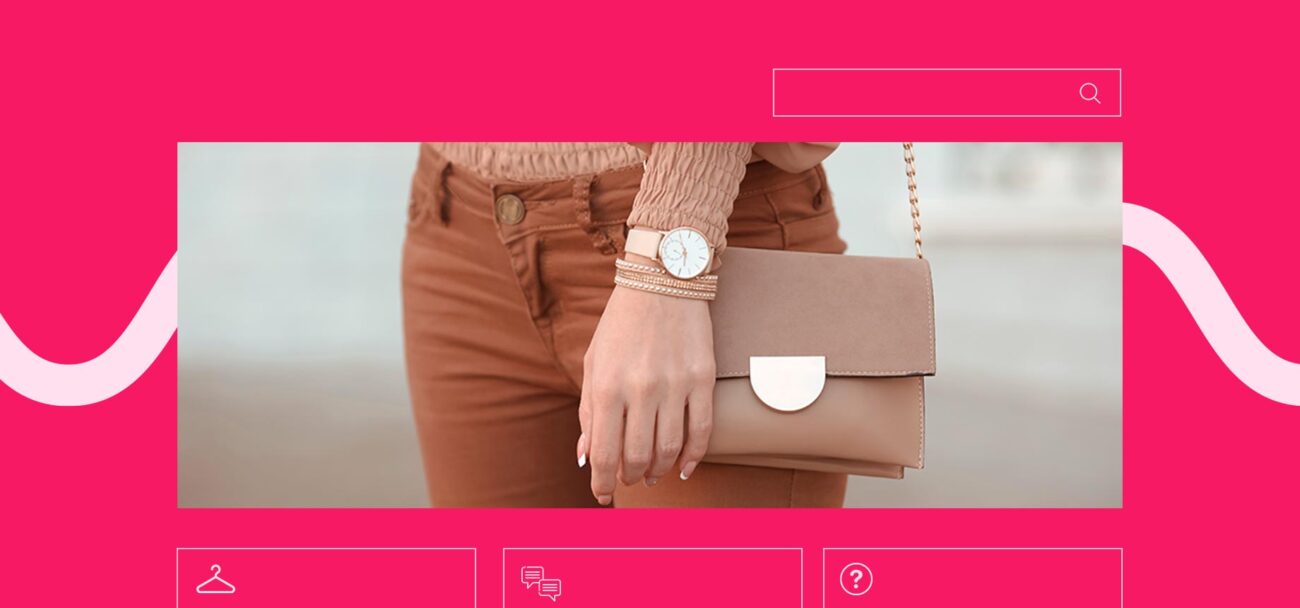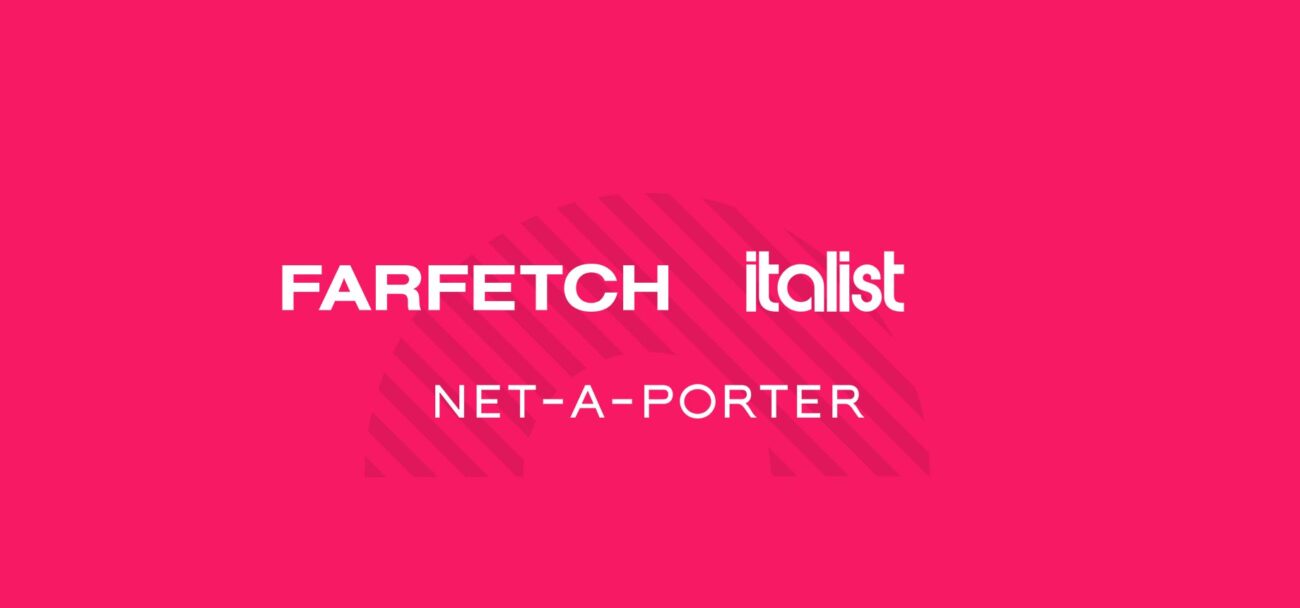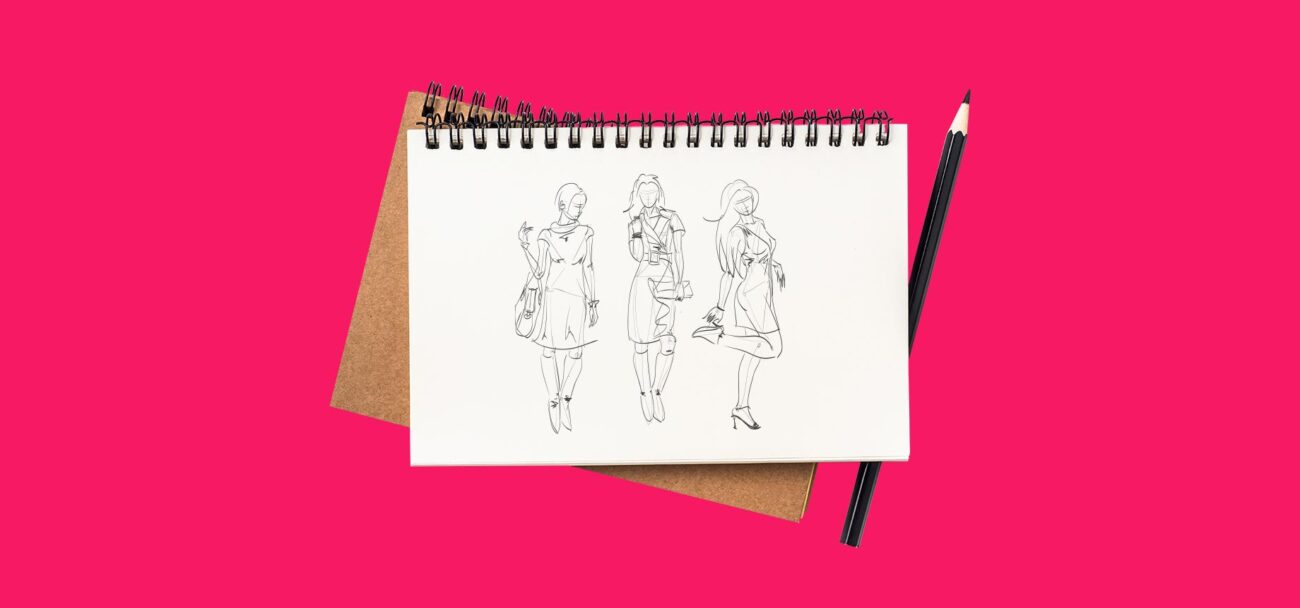
Online marketplaces, characterized by multiple third-party sellers selling on a single touchpoint and taking care of order fulfillment themselves, have experienced tremendous growth in the past few years. In 2020, boosted by the pandemic, spending on the biggest digital marketplaces grew by 29% and accounted for 62% of global web sales.
Why such growth? Because marketplaces embody a more convenient way to shop, as customers can discover, compare and buy items from a mixture of brands in one go. Recognizing this value proposition, marketplaces have started popping up like mushrooms after rain.
On the one hand, some well-established brands have chosen to integrate into these new channels for various reasons: new sales channels, gaining access to a larger customer base or even expanding in new areas. On the other hand, some have integrated the inventory of other brands, thus becoming online marketplaces themselves.
When it comes to marketplace types, there are multiple categorizations: open vs. closed; B2C vs. B2B vs. P2P (or C2C, if you wish); white-label vs. branded, etc. There is also the horizontal vs. vertical categorization. The former includes one-stop-shop marketplaces akin to department stores, like Amazon and AliExpress, that cover everything and anything from furniture to electronics, regardless of industry. The latter, however, focuses on a single vertical — hence the name.
That’s where we’ll be shifting our attention to now. In particular, we’ll be analyzing online fashion marketplaces. Read on to discover how the landscape has changed recently and which are the main global players, both in day-to-day fashion (i.e. product offering with a lower median price) and in luxury fashion.
Day-to-day fashion

ASOS
There’s no marketplace top or list that doesn’t mention ASOS. Founded in 2000 in the UK, ASOS now ships to all countries in the world through an app and mobile/desktop websites available in ten languages. The marketplace includes over 85,000 products sourced from 860 global and local brands, out of which 40 are proprietary (one can easily recall ASOS’s bold acquisitions such as Topshop).
Funnily enough, despite being by default a marketplace, ASOS set up in 2010 its own so-called ASOS Marketplace, designed to help shoppers find unique vintage pieces from more than 700 boutiques. More recently, it also entered the beauty business, so ASOS might morph into a horizontal marketplace sooner rather than later.
The mission of ASOS is to become “the world’s number-one destination for fashion-loving 20-somethings” and it’s well on its way to achieving that. The site finds great popularity with Generation Z, catering to this audience with a robust social media presence, attention to sustainability, support for LGBTQA+ and charitable endeavors. It comes as no surprise that ASOS continues to grow at great speeds: up until August, revenue for 2021 grew by 22% to £3.9 billion GBP (≈$5.16 billion USD), with YoY profit increasing by 15%.
Zalando
While ASOS might be trendier, it is not the biggest fashion marketplace in Europe — Zalando is. Despite starting as a shoe marketplace in Germany, it now has over 40M active customers and delivers to 23 European countries a wide-ranging assortment from 4,500 brands that are local and global alike.
In Q2 of 2021, Zalando saw great growth: 40% YoY. Additionally, profits were solid at the 6.7% mark, as average orders per active customer reached a new record figure of 5. A central focus point for the platform remains sustainability, as well as diversity & inclusion.
ZALORA
Founded in 2012, ZALORA belongs to Global Fashion Group and is Asia’s leading online fashion destination. As the largest and fastest-growing fashion ecommerce site in Southeast Asia, it offers an extensive collection of over 500 brands in markets where shoppers are digitally-savvy such as Singapore, Malaysia & Brunei, the Philippines, Hong Kong and Taiwan.
As of Q2 of 2021, there was a 32% YoY growth in ZALORA’s GMV, driven by a 20% growth in active customers. Matching consumers’ increasing interest in online shopping, ZALORA also reported a 19% increase in new brands that joined its marketplace in 2021.

Dafiti
Well-known in Latin America, Dafiti is present in Brazil, Argentina, Chile and Colombia. Albeit a bit smaller than fellow Global Fashion Group subsidiaries, Dafiti has 60M visits per month and more than 5M active customers. Its value proposition is heavily focused on tech, so much that the brand is recognized as a ‘fashiontech’ player.
Earlier in 2021, Dafiti announced a 31% net merchandise value yearly growth across LATAM. Furthermore, the online marketplace is engaged in unique digital-first collaborations with the likes of Forever 21, which once again reconfirms the power of ecommerce to help out labels hurt during the retail apocalypse.
THE ICONIC
Sister-company to ZALORA and Dafiti, THE ICONIC is a Sydney-based fashion and sports retail marketplace. Launched in 2011, it mainly serves the Australian and New Zealand markets through more than 1,700 apparel brands and over 80,000 products, most of them fast fashion or mid-range. Its mobile app is also key to its growth strategy, being the preferred shopping medium for its more than 17M monthly users.
ABOUT YOU
A subsidiary of Otto, a German horizontal marketplace, ABOUT YOU specializes in fashion. It currently operates in 23 countries and it’s one of the fastest-growing ecommerce enterprises thanks to its 30M monthly users and 2,000+ available brands.
Earlier in 2021, ABOUT YOU achieved for the first time over €1B EUR in its first quarter revenues since the 2014 launch. After the COVID-19 pandemic, it also saw a 57% YoY increase for the whole year of 2020 and the upward trends don’t appear to be stopping anytime soon.
Fashion Days
An honorable mention is next. Founded in 2009 by Swiss entrepreneurs yet with an Eastern European focus, Fashion Days is the up-and-coming player that other fashion marketplaces should take note of. A sister-company to the largest horizontal marketplace in the region named eMAG, Fashion Days serves more than 700,000 customers in Romania, Bulgaria and Hungary.
Sourcing over 500,000 SKUs from more than 1000 brands, the site and app provide easy access to heavily-discounted prices even for higher-end items, therefore bridging day-to-day fashion and luxury.
Fashion Days is perfecting its winning recipe at home with the hopes of successfully expanding across Europe and the globe, so competition is about to become fiercer.
Luxury fashion
Before we deep dive into the profiles of the big players, it’s necessary to highlight some key considerations about this retail niche. First of all, the luxury sector has been infamously slow to embrace digital, but things appear to be changing. In fact, Bain & Company estimates that almost a third of all personal luxury purchases will take place digitally by 2025, with revenues reaching approximately $136 billion USD.
An important driver of that shift resides in luxury fashion marketplaces. These bring even more added value to the table than day-to-day fashion marketplaces, as the business model easily enables cross-border transactions. With an online marketplace shipping worldwide, shoppers don’t have to travel to snatch expensive items at lower, local prices.
However, naysayers highlight some disadvantages that cause operations to remain DTC. Some luxury brands perceive losing control of the direct relationship with customers and of the shopping experience, essential in the business, as red flags. Additionally, high-end labels are very careful who to associate with, as part of their price rests upon brand recognition — we have yet to see Gucci on ASOS, for instance. All in all, the value proposition of the marketplace must match the prestige and audience of the brand.
Despite these obstacles, some marketplace initiatives seem to have found the right formula.

FARFETCH
Nowadays, the first luxury marketplace that comes to mind is FARFETCH. Self-titled as “The global platform for luxury,” FARFETCH was born in 2007 for the love for fashion. To consolidate its position, FARFETCH went so far as to acquire luxury goods boutique Browns in 2015, complete with its brick-and-mortar stores.
Today, the marketplace connects customers in over 190 countries with items from more than 1,400 fashion brands, boutiques and department stores. These items are shipped to FARFETCH’s photography studios to ensure the website look-and-feel is seamless and consistent, proving an incredible attention to detail and awareness of luxury sector requirements.
The unique shopping experience delivered by the platform, as well as its high AOV, boosted the marketplace’s GMV for Q3 of 2021 to a phenomenal $828M USD, signaling a YoY of 23% and a two-year growth of 97%. Who said luxury cannot be digitalized?
italist
Much as the name promises, over 1,000 luxury brands, mostly Italian, sell around 200,000 products on italist. The digital marketplace prides itself on being able to offer express shipping worldwide and Italian retail prices which translate to savings of 30-40% of global retail prices.
A change from the rest of our list, italist was born in Silicon Valley in 2014, so it’s easy to see its love for technology. That same love enables global shoppers to buy luxury goods from over 250 independent boutiques in Milan, Florence and Rome, among others, which was a greatly appreciated business model when the global health crisis shut down their locations. In 2020, 60% of the retailer’s buyers were repeat customers.
Net-A-Porter
Targeting women only, Net-A-Porter was launched back in 2000 in London and it’s now being recognized as a premier luxury fashion destination. It ships to 170 countries items originating from 800 coveted brands and it abides by the same high standards as FARFETCH does in terms of photography and digital product displays.
If you haven’t yet raised your eyebrow at Net-A-Porter’s inclusion on our list, here’s the deal: Net-A-Porter is actually a multi-brand fashion retailer and not a bulletproof marketplace, as it holds the majority of inventory it sells, which in turns also allows it to ship quickly.
Yet a recent dropshipping partnership with Prada rightfully caused a lot of buzz, because it’s Prada’s first of this kind and because it might signal Net-A-Porter’s transformation into something bigger and bolder.

The new face of the fashion industry
There you have it: the profiles of the best and most successful fashion marketplaces taking the retail world by storm. This avid competition, which will only exacerbate in the years to come, showcases that the fashion industry is undergoing a digital transformation from two different angles: direct-to-consumer operations and online marketplaces.
As plenty of experts highlight, the prospect of marketplaces is sometimes dismissed just as ecommerce was in its early stages. But brands and retailers should not make the same mistakes twice. The success cases above are proof enough that this is not just a one-time happening and that, with the right vision and native marketplace commerce technology, any business might be the next big thing on the horizon.













